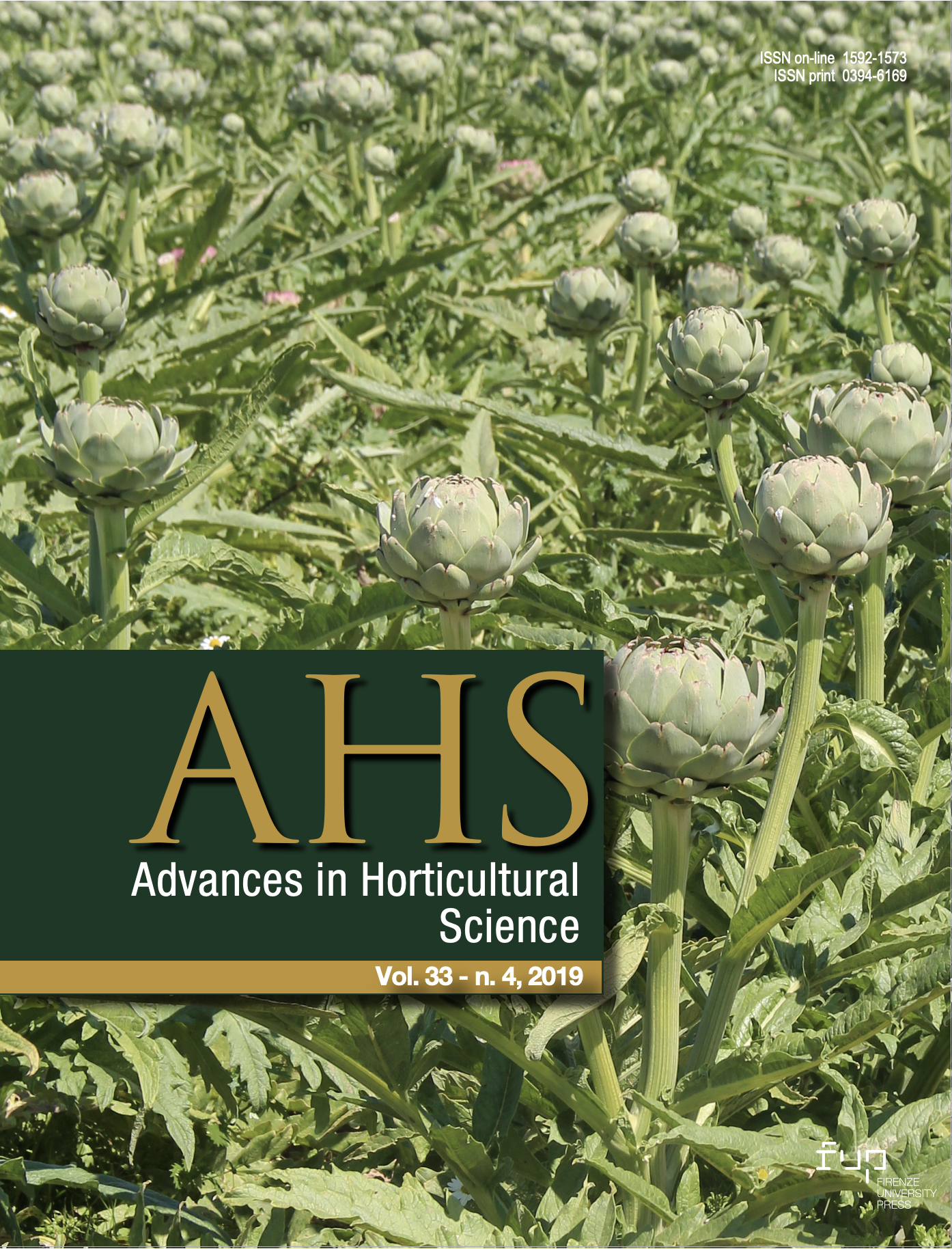Influence of different ornamental shrubs on the removal of heavy metals in a stormwater bioretention system
Published 2020-02-27
Keywords
- blue-green infrastructure,
- rain gardens,
- urban stormwater runoff,
- water sensitive urban design
How to Cite
Abstract
Several laboratory studies have shown the ability of bioretention systems to remove pollutants from stormwater. However, to our knowledge, no existing research has addressed the use of ornamental shrubs for improving water quality in bioretention systems in Italian cities. In this short note, we evaluated the potential of three ornamental shrub species (Lonicera pileata Oliver, Cotoneaster horizontalis Decne., Hypericum hidcoteense ‘Hidcote’) for the removal of heavy metals in a stormwater bioretention system. Pot experiments in “pot prototypes” using an alternative bioretention system filter media have been carried out under controlled conditions. The ornamental shrubs were irrigated with semisynthetic stormwater with known heavy-metal concentrations. Experimental results indicate that the removal of heavy metals by the system is very efficient. However, there was not a significant effect of the plant on the system’s retention efficiency. The removal of lead and cadmium by the system was over 87%. In order to provide accurate information for bioretention design, future research should comparatively assess plant species in a laboratory-scale filter column and in situ.






